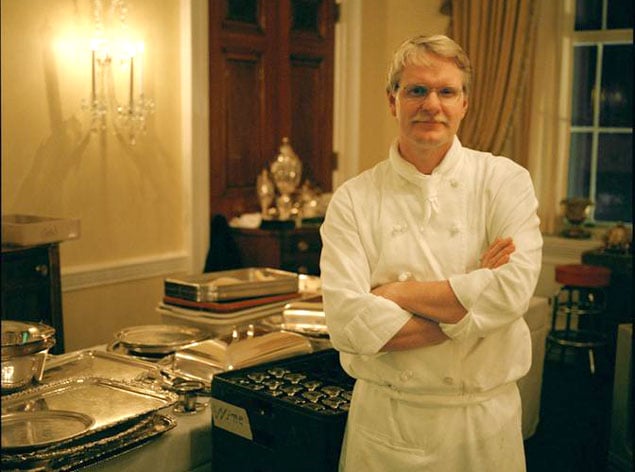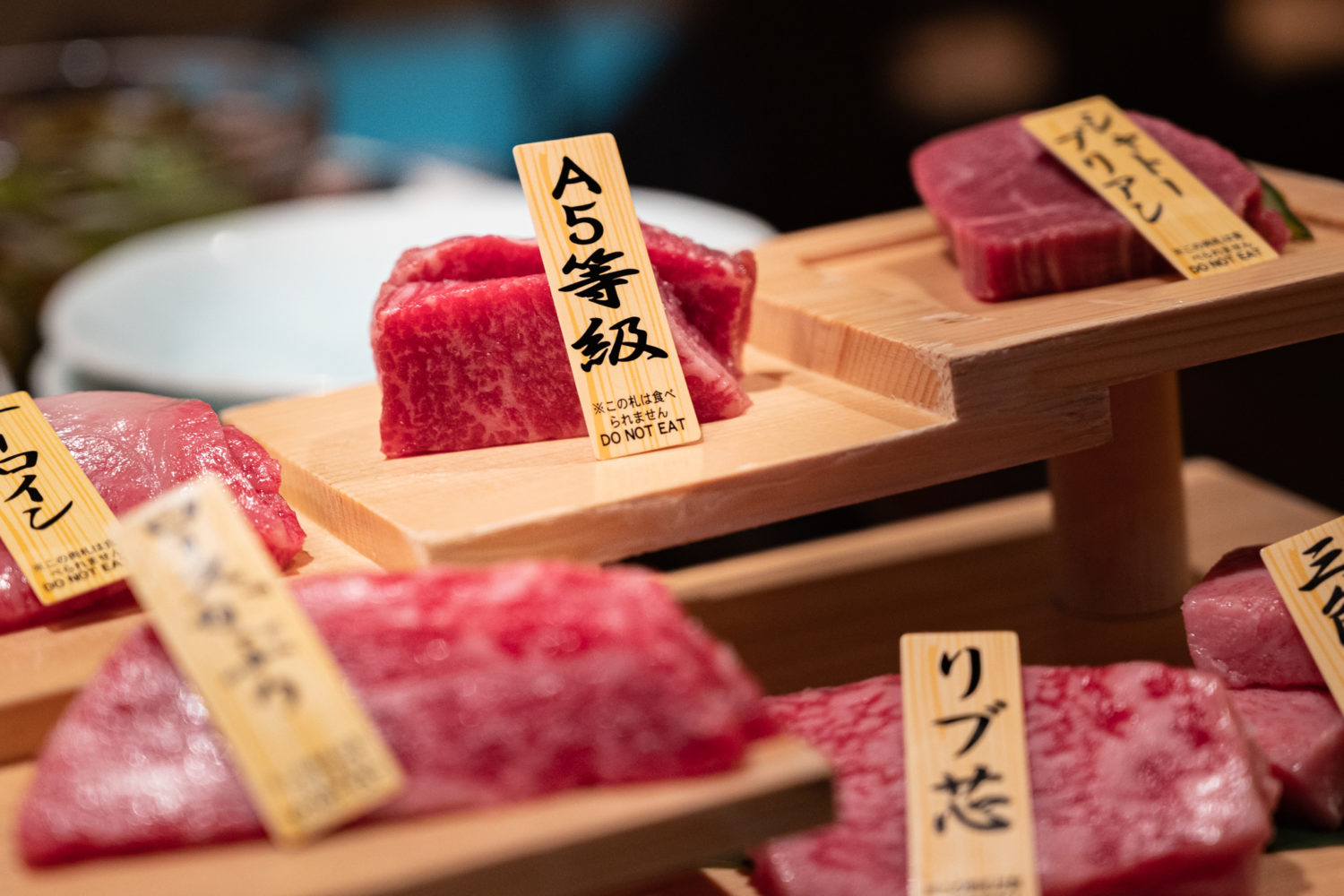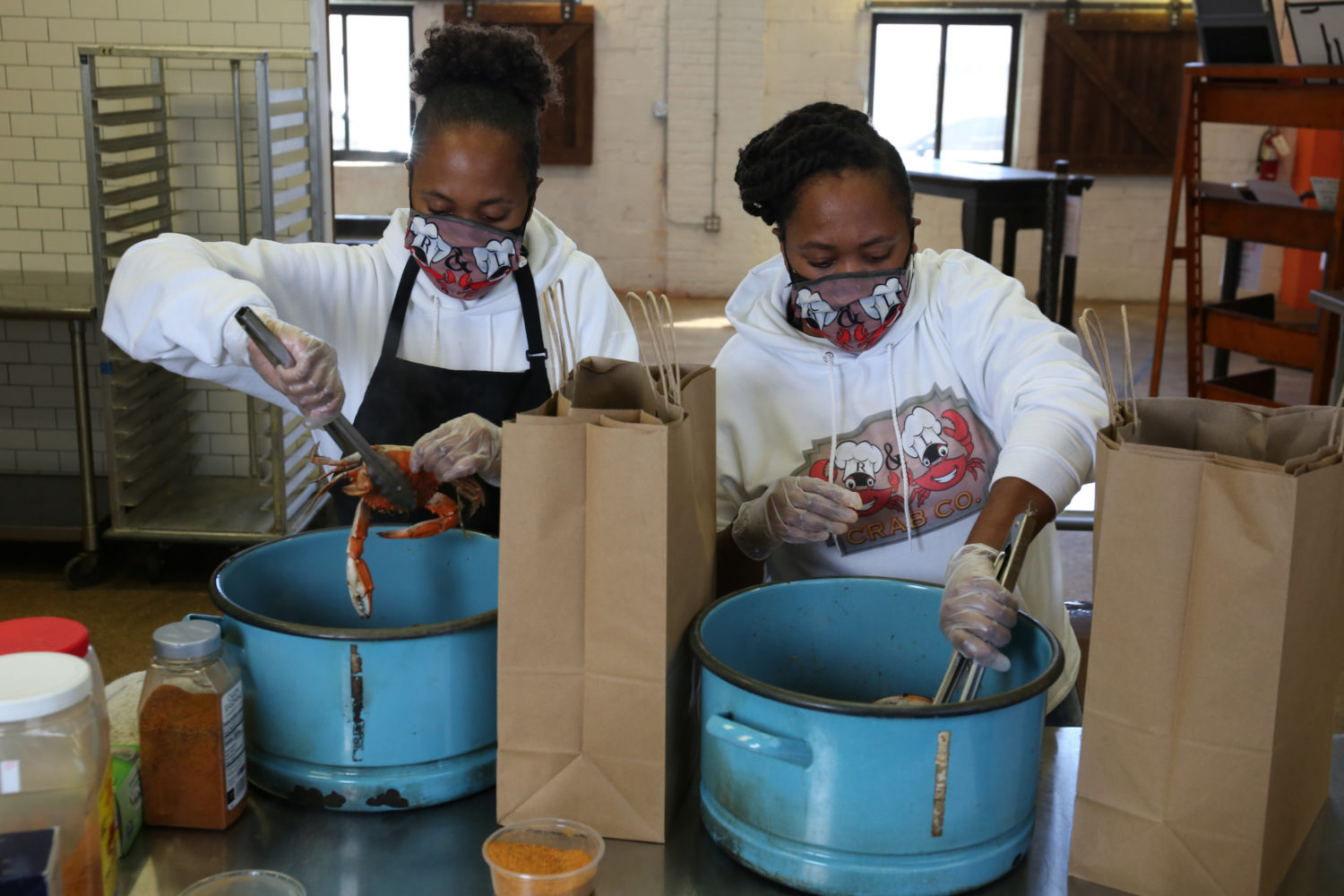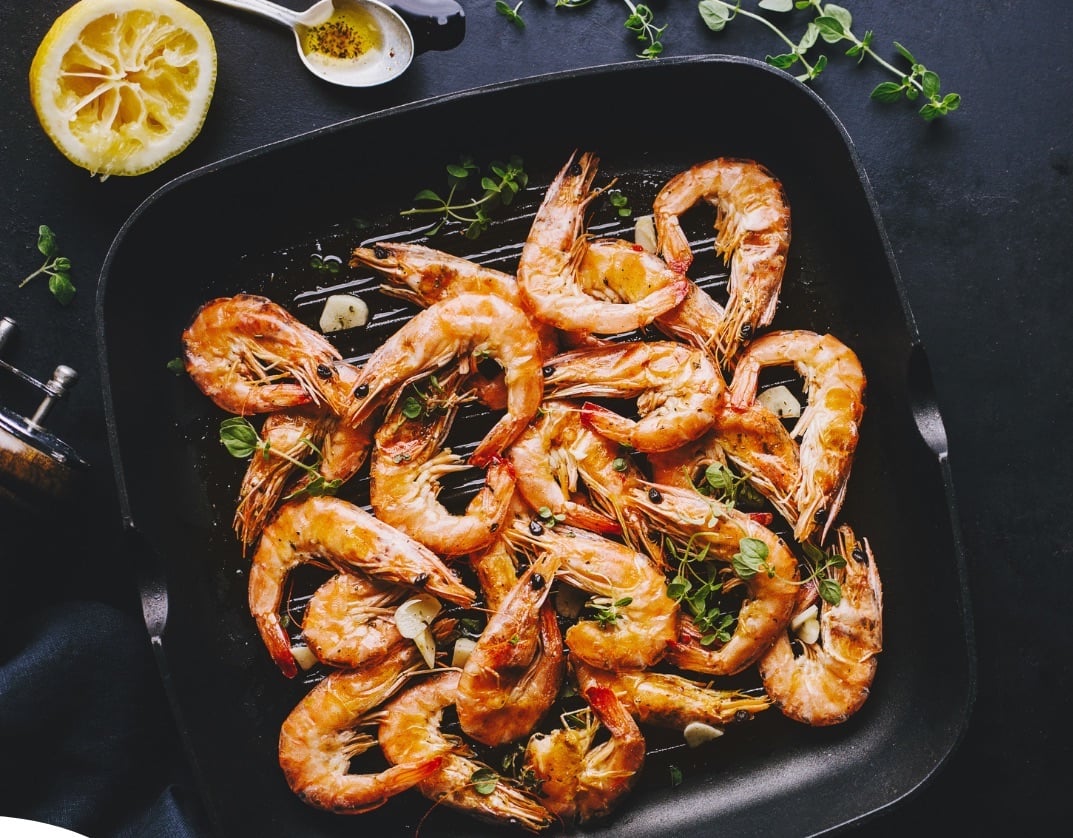Former White House chef John Moeller served three presidents during his stint in the kitchen at 1600 Pennsylvania Avenue from 1992 to 2005: George H.W. Bush, Bill Clinton, and George W. Bush. In that time he saw the expansion of American cuisine, the effects of 9/11, and the rising political role of chefs. All of that and more is detailed in his new memoir/cookbook, Dining at the White House. We spoke with the Lancaster, Pennsylvania, native about First Families’ likes and dislikes, cooking for picky foreign dignitaries, and the dish that won over both a Democratic and a Republican President.
What was the most challenging aspect of putting together this memoir/cookbook?
The most challenging part is laying it out and constructing a story and letting it flow. I was then able to throw in a lot of historical information, so I could combine historical facts with the story. Once we started doing that, the fun part was reliving the whole thing again.
George H.W. Bush banned broccoli from his menus. Were there ever other blacklisted foods?
Not really. We heard more about the favorites. As time went by, we incorporated a lot of vegetables into the menus. The ’90s were a fun time. We were going through a revolution in terms of cuisine, and there were a lot of new products. Chelsea [Clinton] didn’t like mushrooms, so we tried to stay away from those. The Clintons loved artichokes. Actually, all the families did.
You served both Bush administrations and the Clintons. Who had the most adventurous tastes?
I would probably say Bush Sr. They were very well-traveled, and we never wrote up menus ahead of time. We did that for the other Bushes and the Clintons. For Bush Sr., we just knew the parameters of things. There was the whole broccoli thing, but if you see everything they did eat, it outweighed everything else. I came from French kitchens and did everything I’d normally do—calf’s liver, oysters on the half shell, a Japanese-themed meal with sushi rolls and miso soup. When you’re cooking for the same people every day, you’re always looking for more things to work with.
How much creative license do you have as a White House chef, versus cooking from a canon of pre-approved recipes?
There’re two aspects of it. You’re basically a private chef cooking for the family. You learn what their likes and dislikes are, you write down notes, look at every plate that comes back; they push carrots to the side, they don’t like peas, etc. You try different things, but you have to know the parameters to work around. The other aspect is officially writing for state dinners and events. We’re officially a banquet house. There are no two menus that are exactly the same. I could work with local ingredients, seasonal ingredients. That’s the beauty of cooking—you look for inspiration everywhere.
What were the most interesting likes or dislikes you were told about?
Foreign dignitaries would come in, and I’d wait for their dietary restrictions, allergies, or preferences to start writing menus. The most unusual was the Prime Minister of Italy. He came in about ten years ago. The form said, “Does not like garlic, onions, and tomatoes.” I thought, “You have to be kidding! He can’t be Italian!” I think I made chicken-fried steak and mashed potatoes.
You have a section in the book dedicated to 9/11. How did you see security change when it came to food?
Security in the property changed, and that also affected the food. We have ways of getting food in there—there’re no trucks backing up to the White House on a daily basis—so we had to go pick things up. We had a meeting with the Secret Service and FBI in the weeks after 9/11 looking at everything we do. There’s no harm done now, but they basically said, “We have reason to believe they’ll try to deliver something through the food network.” We changed our way of procuring food and how we did things.
How do you think the role of the White House chef has changed in the past eight years?
From the time I went in and came out, it became more political. Do you remember what happened the day after president-elect Clinton became President Clinton? A letter was sent by Alice Waters, plus a petition signed by other chefs. It primarily said, “It’s time we have an American chef in the White House.” One of the reasons I was picked was that I was American with a French background.
You have a great story in the book about the adventures of finding fresh dover sole for Nancy Reagan when she visited. Did you field other interesting requests?
I wasn’t going to serve the former First Lady a frozen piece of sole! You just have to put out fires sometimes. There’ve been a number of times when I had to run out and pick things up just to make meals happen. Once the First Lady and President Clinton were heading out for church on a Sunday morning about 10:30, and she turns to the usher and says, “We’ll be back in an hour with about 20 for brunch.” I can’t remember half the things I did—an egg soufflé, maybe—but you just have produce it and make it happen. You need a wide range of cooking abilities so you can satisfy their needs.
Did you notice a difference in taste between Republicans and Democrats?
No, they’re all pretty hungry people. One winter day in ’96 I did a Pennsylvania Dutch-style chicken pot pie, where you cook the noodles into it. I love it, and it’s very flavorful. I made it for President Clinton, and found him over the bowl, wolfing it down. I could see the top of his eyeballs. He gave me the thumbs up and said, “This is the kind of food I like.” It became part of the rotation. Ironically, when George W. Bush came in, I made the same style of pot pie. I found him leaning over the bowl; he gave me a thumbs up and said almost the exact same thing: “John, this is the kind of food I like.”



















